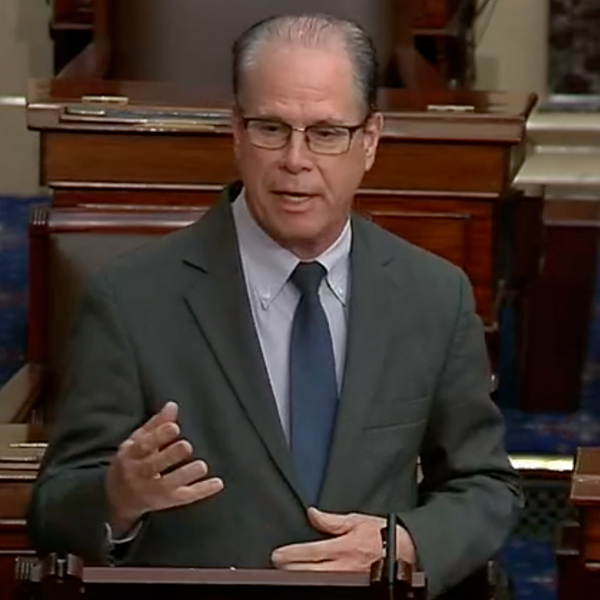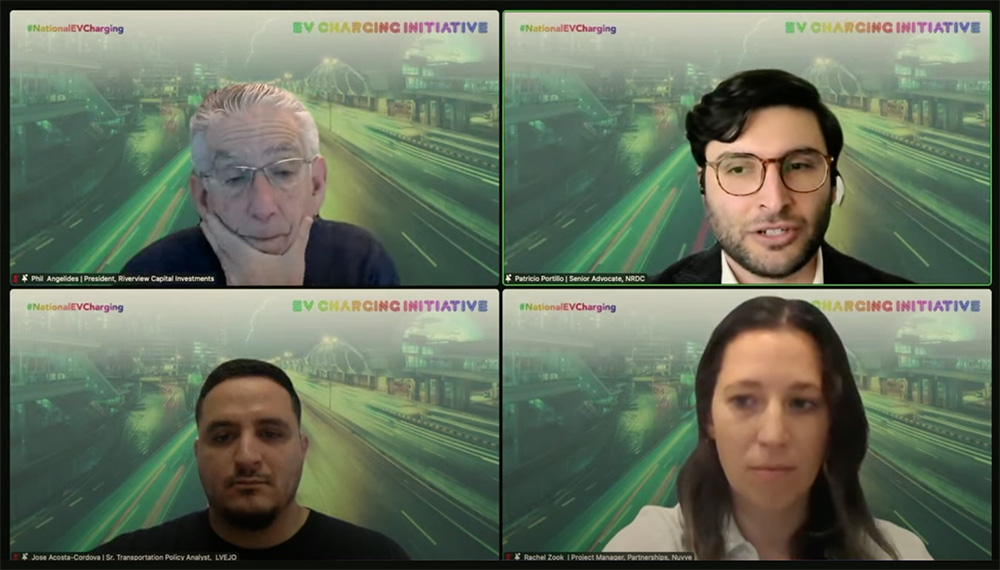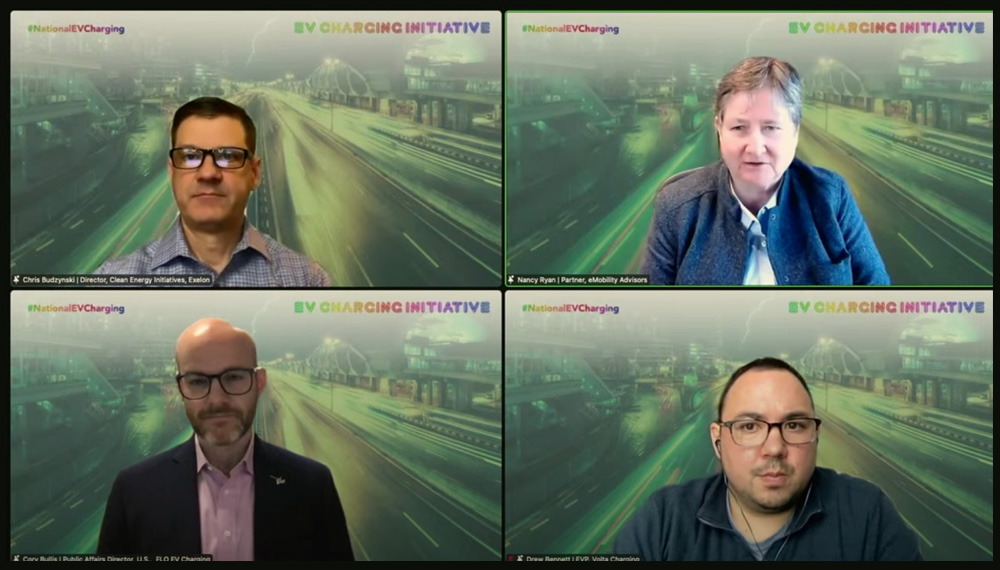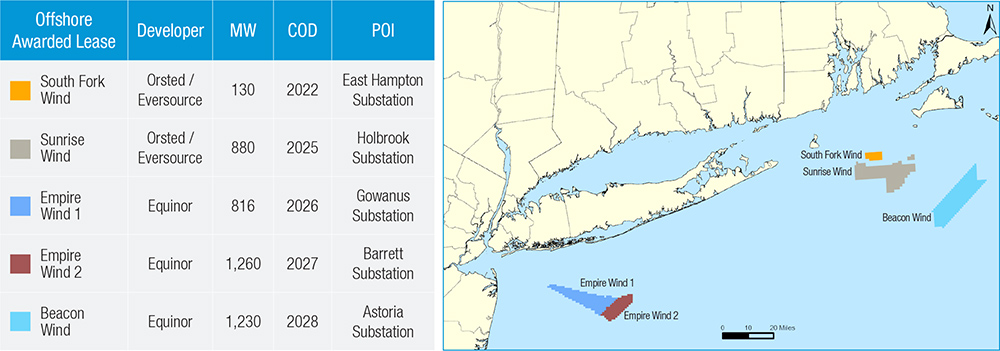Gas-electric coordination is becoming the “Achille’s heel of the energy transition,” says ISO-NE CEO Gordon van Welie.
Van Welie gave his perspective at NERC’s Reliability Leadership Summit in Arlington, Virginia, Wednesday, where speakers also discussed challenges related to physical security, cybersecurity and energy security.
New England has faced issues with natural gas supplies going back decades, but van Welie said grid operators in other regions are starting to see similar issues crop up.
For now, natural gas is important to balancing renewables and ensuring the region can make it through the winter peak when its pipeline system is maxed out and natural gas utilities have priority because they pay for firm capacity.
“I think the primary vulnerability in this pillar is the premature retirement of resources that can provide this balancing energy,” said van Welie. “And in the longer-term, the risk that there will not be sufficient investment in balancing resources as electrification drives load growth.”
Natural gas is still the largest input of energy into the grid, but the two industries are not planned together at all, said van Welie.
“The fixed-costs of long-term firm gas transportation and storage infrastructure are largely not recoverable through the wholesale electricity markets,” he added. “So, merchant generators in these FERC-regulated markets can recover the commodity costs, but they have very poor incentives, or no regulatory requirement to ensure that there’s sufficient gas transportation capacity, or storage, to meet their peak demand, particularly under these extreme weather conditions. Conversely, pipeline developers will only build capacity for customers that are willing to sign long-term, firm transportation agreements.”
Generators’ demand for natural gas is going to become increasingly “peaky” as renewable resources grow and the gas industry’s current rules are not capable of planning around that, van Welie said, calling it the “Achille’s heel of the energy transition.”
In July, FERC and NERC asked the North American Energy Standards Board (NAESB) to look at whether any new standards could bridge the gulf between the different business models of the two increasingly interconnected businesses. (See NAESB Confirms Gas-electric Forum in the Works.)
“NAESB isn’t going to be able to solve [all of] these things,” said its Chairman Michael Desselle, who is also a vice president at SPP. “And what we’re learning … as the gas industry is working together with the electricity industry, is that there are potentially some things we can do.”
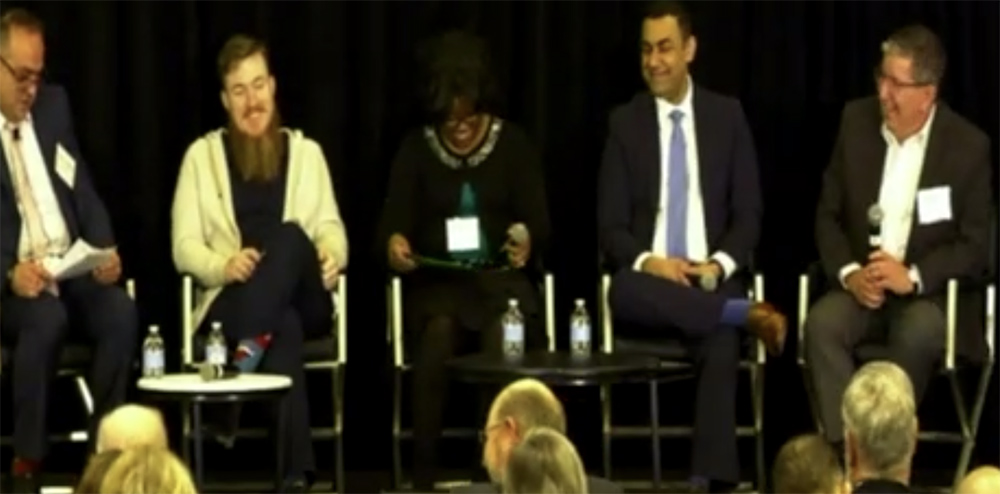 From left: Kamyar Ghaderi, ISMS Lead Auditor; Rob Lee, CEO of Dragos; Tabice Ward, Vice President Xcel Energy; Puesh Kumar, Director, CESER at Department of Energy; and Manny Cancel, NERC Senior Vice President and CEO, E-ISAC | NERC
From left: Kamyar Ghaderi, ISMS Lead Auditor; Rob Lee, CEO of Dragos; Tabice Ward, Vice President Xcel Energy; Puesh Kumar, Director, CESER at Department of Energy; and Manny Cancel, NERC Senior Vice President and CEO, E-ISAC | NERC
The two industries could step up information sharing, especially during extreme weather, and they could make some small changes to their market structures to improve coordination.
“There’s a whole bunch of other things, quite frankly, that we are not going to be able to solve,” said Desselle. “They are going to be policy matters that we’re going to eventually — when we put our report together — tee up for policymakers to make decisions on.”
Ultimately it comes down to how much consumer money should be spent to ensure enough natural gas is available when needed, he said.
While NAESB might be able to make some small improvements around the margins, the two industries are coming into that debate wanting to protect their own economic interest, said van Welie.
“My one wish would be to see FERC step up and take a harder look at this to figure out how we solve this problem,” he added.
FERC could require the gas industry to build out pipelines to meet electric generators’ demand, but that leads to thorny cost allocation issues. The other way would be to require generators to procure firm transportation, but that could lead to even more costs as the pipelines would be overbuilt, said van Welie.
“The gas use is going to go down over time,” he said. “But when we have a polar vortex, a winter storm Uri [or] Elliot coming into town, then you’re going to have this massive demand on the system and you’re going to have to have to supply that demand.”
‘Job 1’
Acting FERC Chairman Willie Phillips opened the summit calling reliability “job No. 1” at his agency.
“When I think about why reliability is No. 1, I think back to August 2003,” Phillips said. “This is the 20th anniversary of the 2003 blackout. We had reports say in three minutes, 21 power plants went down because of computer error related to vegetation management and what could have been a local issue became a cascading outage on our system impacting over 50 million people.”
The blackout had a huge economic cost and inconvenienced a large chunk of the country, but what really drove the importance of reliability home is the fact that 100 people died, said Phillips.
Crossing the Rubicon
Ten years ago, it would have been much harder for hackers to cause physical damage on the grid. But increasing digitization and the changing resource mix have made that a reality in other countries and it could happen here, Dragos CEO Robert M. Lee said.
Previously, attacks would focus on one area of the electric system, which gave the industry plenty of time to react. But last year new hacking software called “Pipedream” was discovered that can be reused across different industrial control systems with the ability to scale and repeat.
“It feels very much that we’ve sort of crossed that Rubicon into how we’re going to have to deal with that,” said Lee.
The pace of vulnerabilities coming at the industry is “unbelievable,” said NERC Senior Vice President Manny Cancel, CEO of the Electricity Information Sharing and Analysis Center (E-ISAC).
“The number of vulnerabilities that [the National Institute of Standards and Technology] tracked last year was over 23,000 vulnerabilities,” Cancel said. “So, if you do the math, that’s 60 vulnerabilities a day.”
Attempting to deal with those alone would be an overwhelming task, but the industry must defend itself from more aggressive and active hackers from state adversaries, he added.
The Director of National Intelligence said that foreign governments have been hacking into the electric system and mapping the network, said Puesh Kumar, director of the Department of Energy’s Office of Cybersecurity, Energy Security and Emergency Response.
“And what that reminds me about is if they’re mapping our network, have we mapped our network well enough to know what’s out there?” he added. “And that’s something really critical that we have to be thinking about: If our adversaries are doing this, how well do we know our networks and our systems to prevent what they might be planning?”
Cyber-informed Engineering
The grid is becoming more connected, which can bring increased reliability and efficiency, but it also gives cyber attackers more endpoints that they could potentially leverage.
“It’s a very complex problem, because we need to do the reliability, we need to do the efficiency, but you got to do the security with it as well,” Kumar said. “And so, [what] we’re championing is cyber-informed engineering. So, as we engineer the grid of the future, we have to do that with cybersecurity in mind.”
No Longer a ‘Six Pack and a Shotgun’
Physical attacks have been on the rise as well, said Bonneville Power Administration CEO John Hairston. It is not just the “typical vandalism” where someone with a “six pack and shotgun” just wants to “see something arc.”
“They’re more targeted, they’re focusing in on, you know, the IT infrastructure, and they’re looking to take down a system for a long period of time, with a mass outage,” Hairston said.
It can take 18 months to two years to replace a damaged substation, and doing so relies on foreign manufacturing, said Mike Wise, senior vice president of regulatory and market strategy for Golden Spread Electric Cooperative.
“Years ago, we determined [that physical attacks were] one of the highest risks,” said Wise. “And so, we went out and purchased to make sure we had a backup step-up transformer for every type of step-up transformer in our generation fleet.”


